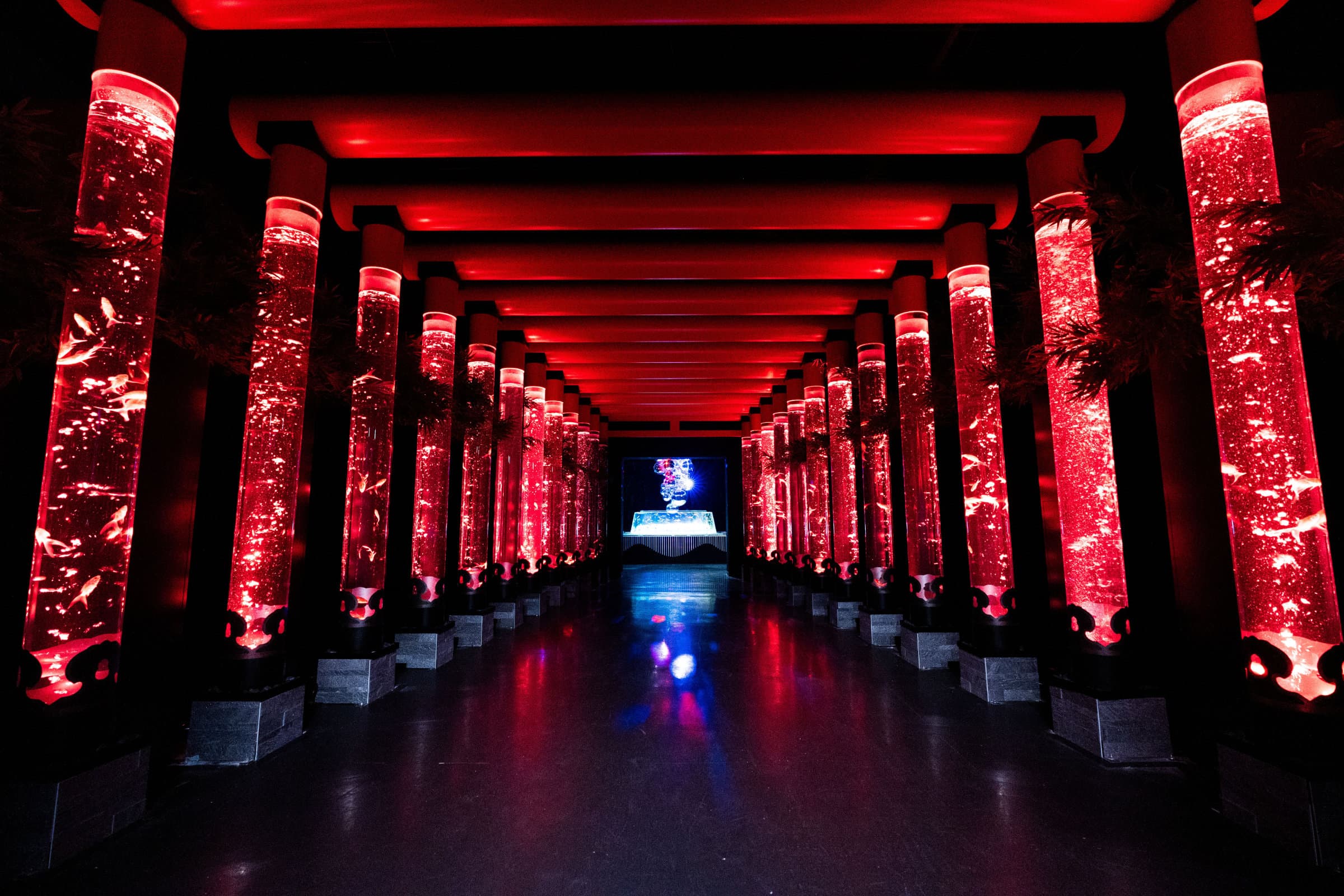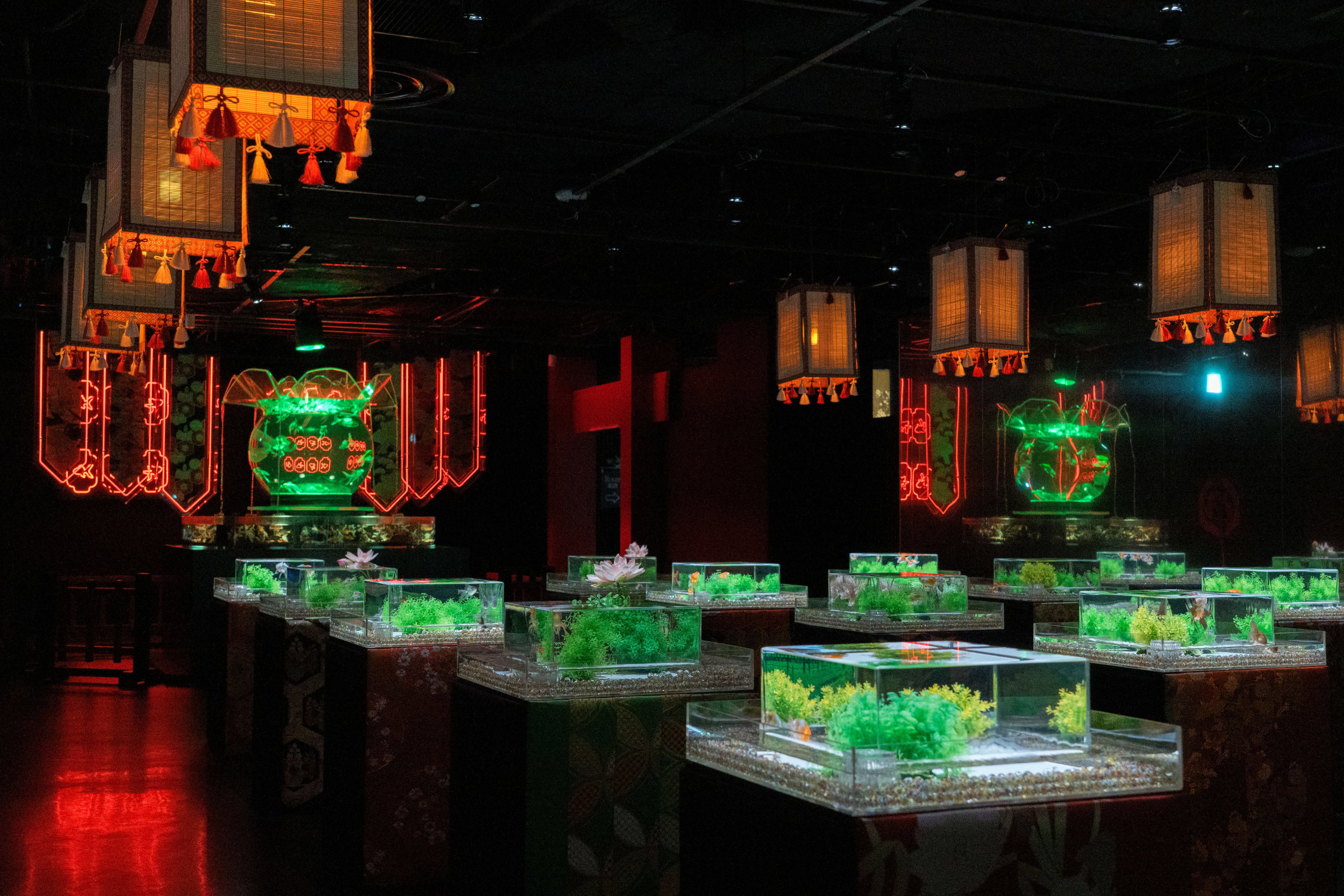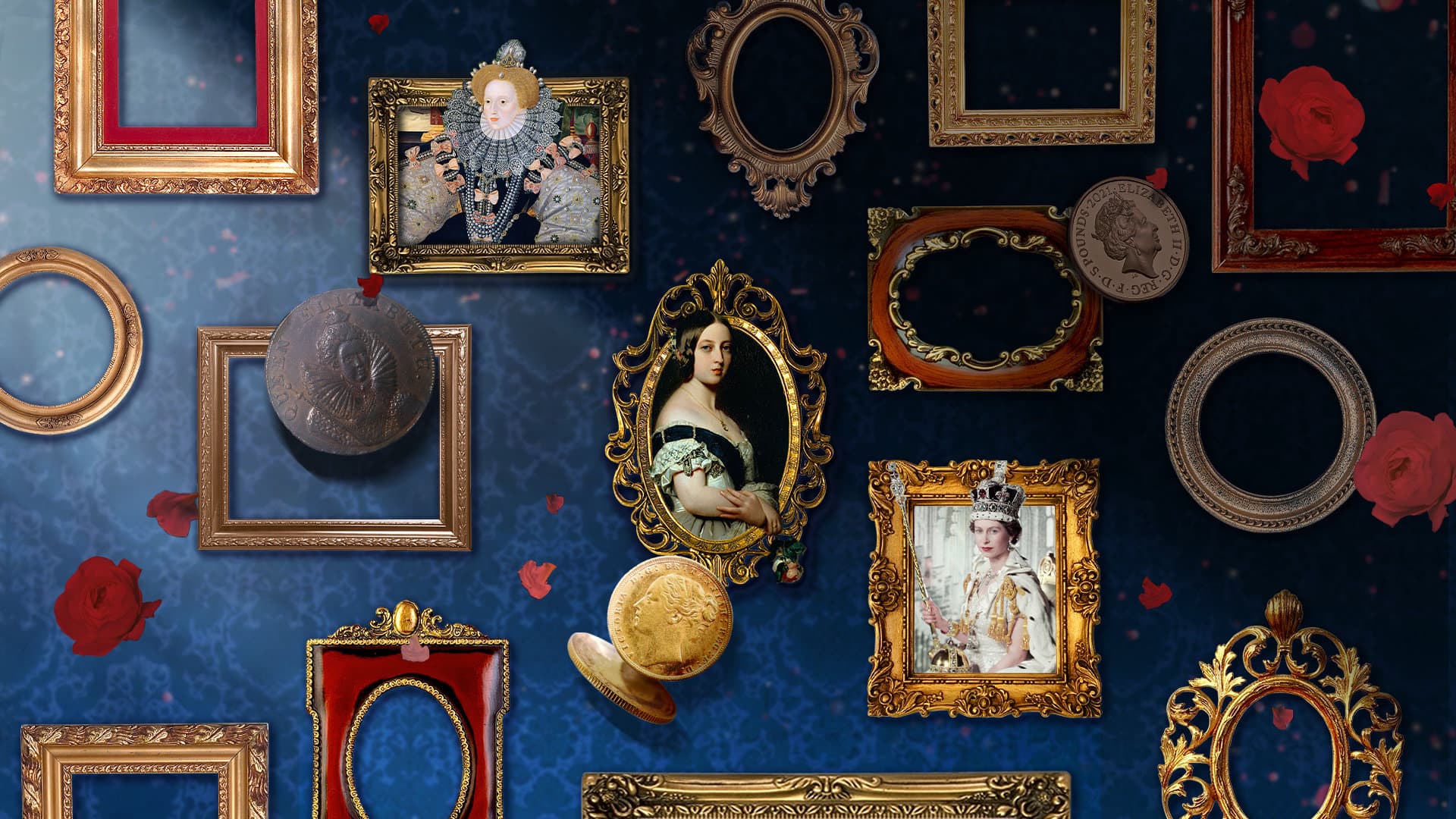
Art Aquarium Museum Ginza
アートアクアリウム美術館 GINZA- Ginza StationGinza LineYūrakuchō LineMarunouchi LineHibiya Line
- Walk 5 minutes
Located on the 8th floor of Ginza Mitsukoshi’s new building, the Art Aquarium Museum GINZA is a permanent exhibition that transforms the humble goldfish into a captivating form of living art. Created by aquatic artist Hidetomo Kimura, this unique museum fuses aquatic life with traditional Japanese aesthetics, drawing visitors into a multisensory experience of light, colour, movement, and cultural symbolism. The collection showcases more than 70 varieties of goldfish - each distinguished by its own shape, colour, and pattern - including many rare breeds seldom seen elsewhere.
A Fusion of Nature, Art, and Culture
At the heart of the museum is the idea of living art. Thousands of shimmering goldfish swim through elaborately designed aquariums, each styled to evoke elements of traditional Japan - be it Kyoto-style lanterns, Edo-period ceramics, or the serene architecture of temples. The tanks themselves are carefully lit to highlight the graceful movements of the fish, with ambient sound and even scent adding to the atmosphere.
The exhibits are not only artistic but also culturally grounded. The Kutani Ware Goldfish Showcase features ornate porcelain with vividly painted goldfish motifs inspired by the famed Kutani style of the Edo period. The Utagawa Kuniyoshi Ukiyo-e Collection presents over twenty dramatic prints that highlight the historical place of goldfish in Japanese visual culture.
Traditional craftsmanship is further showcased through exhibits such as Raden (mother-of-pearl inlay) panels, which shimmer softly beside the tanks, and Nishijin-ori brocade - a renowned traditional fabric technique from Kyoto’s Nishijin area - whose rich gold-thread patterns provide a fitting base for the illuminated aquariums above.
Goldfish Gallery Highlights
Visitors encounter a wide variety of installations that blend modern design with historical symbolism. Highlights include a cascading tank display that mimics the flow of water over natural stone formations, and an exhibit inspired by traditional sliding screens (shōji), where goldfish drift across aquariums framed like windows onto seasonal beauty. Real granite lanterns are repurposed as unexpected vessels for aquatic life, while round, temari ball–inspired tanks bring bursts of colour and motion. Other installations evoke scenes from folklore, including grand picture scrolls and heart-shaped inome (heart symbol) motifs symbolising protection and love. These are just a few examples among many, with each piece carefully choreographed with its surroundings to elevate the aquatic displays into immersive works of art.

Photography Tips: Capture the Magic
The museum encourages photography and even offers tips to help guests make the most of the experience:
- Frame the full scene, not just the fish—foreground tanks add depth to wide shots.
- Use ambient light for portraits. The soft aquarium glow is ideal for elegant, dreamy photos.
- Look for photo spots marked throughout the museum. These give you optimal alignment and lighting.
- Apply composition techniques like symmetry or the rule of thirds to create striking images.
Whether for social media or personal memory, these techniques help visitors capture the unique interplay of light, movement, and design that defines the Art Aquarium experience.
For art lovers, photographers, cultural enthusiasts, and curious travelers alike, this is one of Tokyo’s most magical hidden gems.
At Hey Japan!, we strive to keep the places listed on our website as current as possible. However, it is important to note that location owners or management may make changes to their plans, including canceling events, altering opening times, or modifying admission requirements, without prior notice. To ensure that you have the most accurate information, we recommend checking official websites before visiting any location.
Last Updated:











